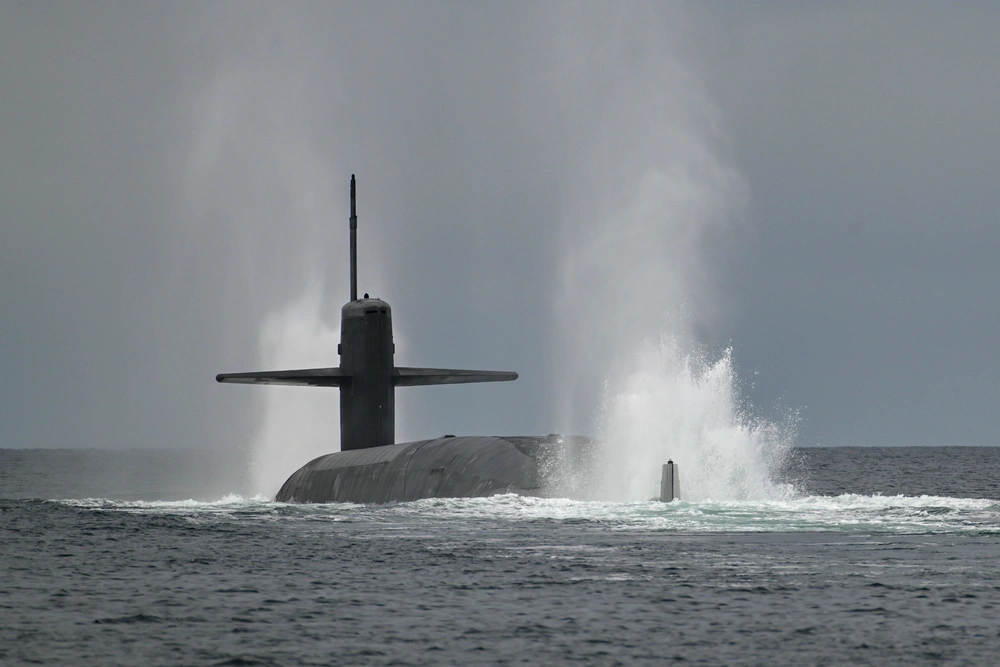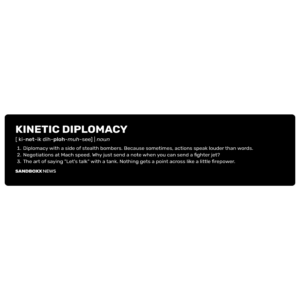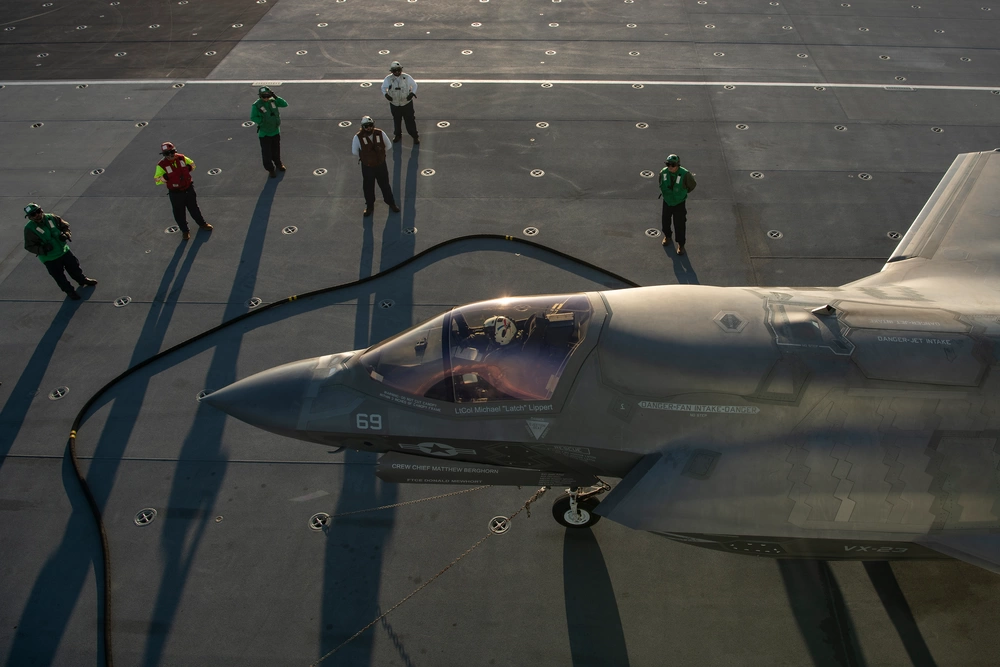A cornerstone of the current deterrence structure of the world’s nuclear powers is the second strike capability provided by ballistic missile submarines.
Those stealthy, undersea arsenals of nuclear destruction have for decades operated virtually undetectable below the surface of the sea, nearly-untraceable except in Tom Clancy novels and, in real life, by acoustic sensor technicians who essentially get lucky. That is all changing and, once again, Artificial Intelligence is at the center of the revolution.
According to an article in the UK Defence Journal, advances in sensors, the technology and ubiquity of uncrewed surface vessels (USVs), and especially AI, are contributing to the revolution in anti-submarine warfare (ASW). First, the sensors are no longer mostly acoustic, as technological advances now allow protagonists to track the affects of a submarine moving through the water, and not just the sound. Those affects can range from distortions in the Earth’s magnetic field, to ripples in the current caused by the boat’s movement, to vibrations made in undersea cables when a sub passes over top of them. New sensors can track all of those affects.
In addition to improved sensors, networked and AI-empowered USVs are also multiplying both on and below the ocean’s surface. In large numbers, those USVs can provide a wider and deeper net of acoustic and other sensors, as well as the ability of embedded AI to analyze data in real time – much faster than a human could – to then positively identify and locate a submarine. USVs and all their drone cousins on land, air, and sea, are a game changer in warfare, as the war in Ukraine has demonstrated over the last few years. The same applies to the subsurface environment, as well.
However, at the heart of the revolution in ASW is AI, and the capability it provides to the world’s militaries to identify and locate submarines. In essence, AI accomplishes this through sheer analytical speed, predictive power, and the ability to synthesize huge quantities of varied streams of data at speeds that human brains simply cannot replicate. In other words, AI’s analytical power makes finding the needle in the haystack much easier and faster.
What does it mean for nuclear deterrence?

These developments in anti-submarine warfare also signify a potentially radical change in nuclear deterrence.
Currently, nuclear deterrence rests on the second strike capability which is largely based on what is called the “nuclear triad.” The triad includes land-based intercontinental ballistic missiles (ICBMs), strategic aircraft-launched nuclear missiles, and submarine-launched ballistic missiles (SLBMs).
If you achieve the ability to carry out a nuclear strike despite suffering a nuclear strike first, then deterrence is achieved, since an enemy knows it cannot fully disable your own nuclear strike capability, and is thus deterred from attacking you so you do not nuke them back.
Nuclear submarines play a major role in that as they have so far been very hard to detect, so they won’t be disabled and thus will be able to retaliate.
However, what will happen to deterrence when these submarines can be easily located by technologically-advanced and AI-empowered sensor platforms?
It might be the case that nuclear deterrence could still hold even after submarines become easier to find. After all, it should not be impossible right now to locate and neutralize strategic bomber aircraft once they launch. However, that is just conjecture on what could happen.
Each nuclear-armed nation, ultimately, as well as those who aspire to have nukes, might have to wholly reconsider their deterrence theory. And that is a frightening place to be when it comes to preventing nuclear warfare.
Feature Image: The Ohio-class ballistic-missile submarine USS Maine (SSBN 741) begins a dive into the Strait of Juan de Fuca off the Washington Coast, March 18, 2025, during routine operations. Special units within the Coast Guard are tasked with the protection of U.S. Naval submarines while surfaced and transiting U.S. territorial waters to and from their patrol stations. (U.S. Coast Guard photo by Petty Officer 1st Class Steve Strohmaier)










